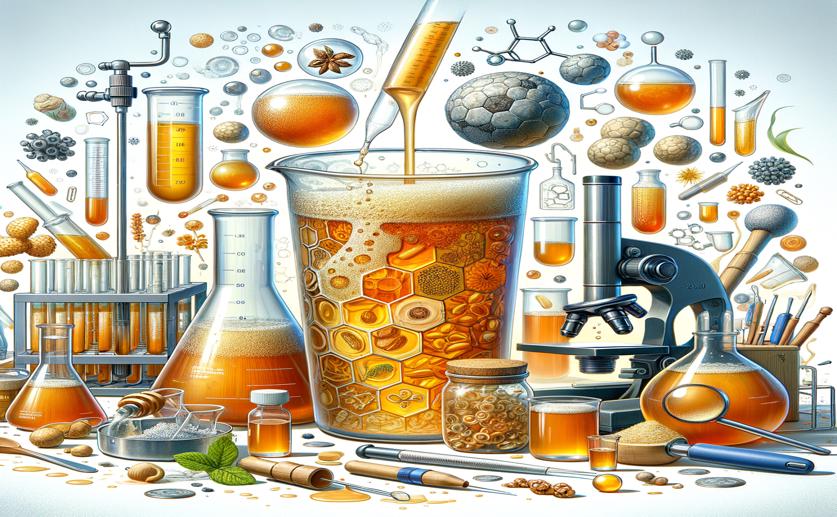
Extracting Antioxidants from Kombucha By-Product Using Various Methods
Jim Crocker
12th July, 2024

Image Source: Natural Science News, 2024
Key Findings
- Researchers from the University of São Paulo studied the potential of using discarded SCOBY, a byproduct of Kombucha production, to extract valuable antioxidants and phenolic compounds
- The study found that all SCOBY extracts had high levels of phenolic compounds and significant antioxidant activity
- The most effective extraction method was decoction with the highest solvent volume, which yielded the highest concentration of phenolics and antioxidant activity
References
Main Study
1) Extraction of polyphenols and antioxidant compounds from SCOBY, as a by-product of Kombucha, using different types of extraction
Published 9th July, 2024
https://doi.org/10.1007/s44187-024-00106-7
Related Studies
2) Kombucha Tea-A Double Power of Bioactive Compounds from Tea and Symbiotic Culture of Bacteria and Yeasts (SCOBY).
3) Application of Kombucha Fermentation Broth for Antibacterial, Antioxidant, and Anti-Inflammatory Processes.
4) Bacterial cellulose films production by Kombucha symbiotic community cultured on different herbal infusions.
5) Kombucha Multimicrobial Community under Simulated Spaceflight and Martian Conditions.



 16th June, 2024 | Greg Howard
16th June, 2024 | Greg Howard